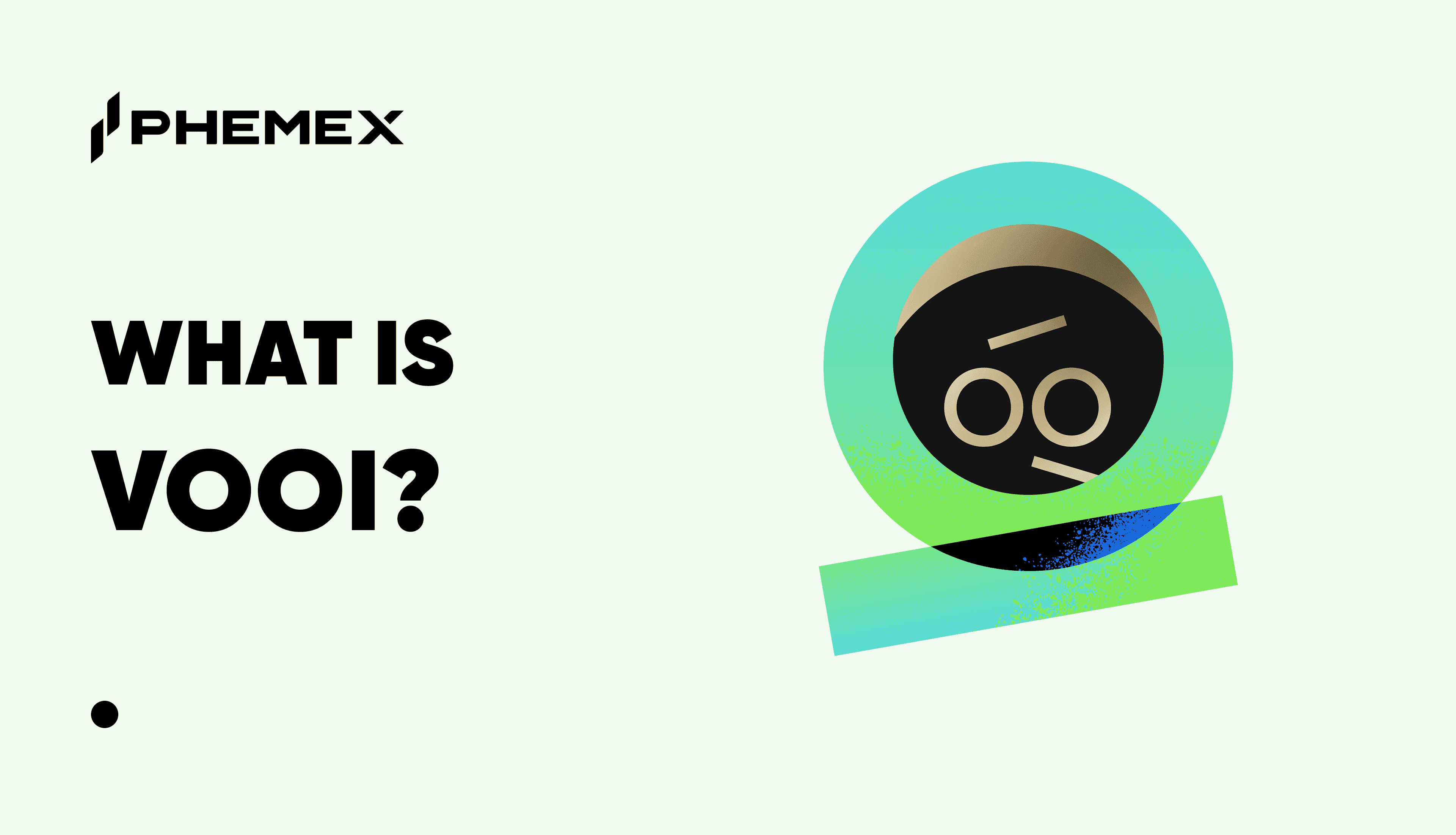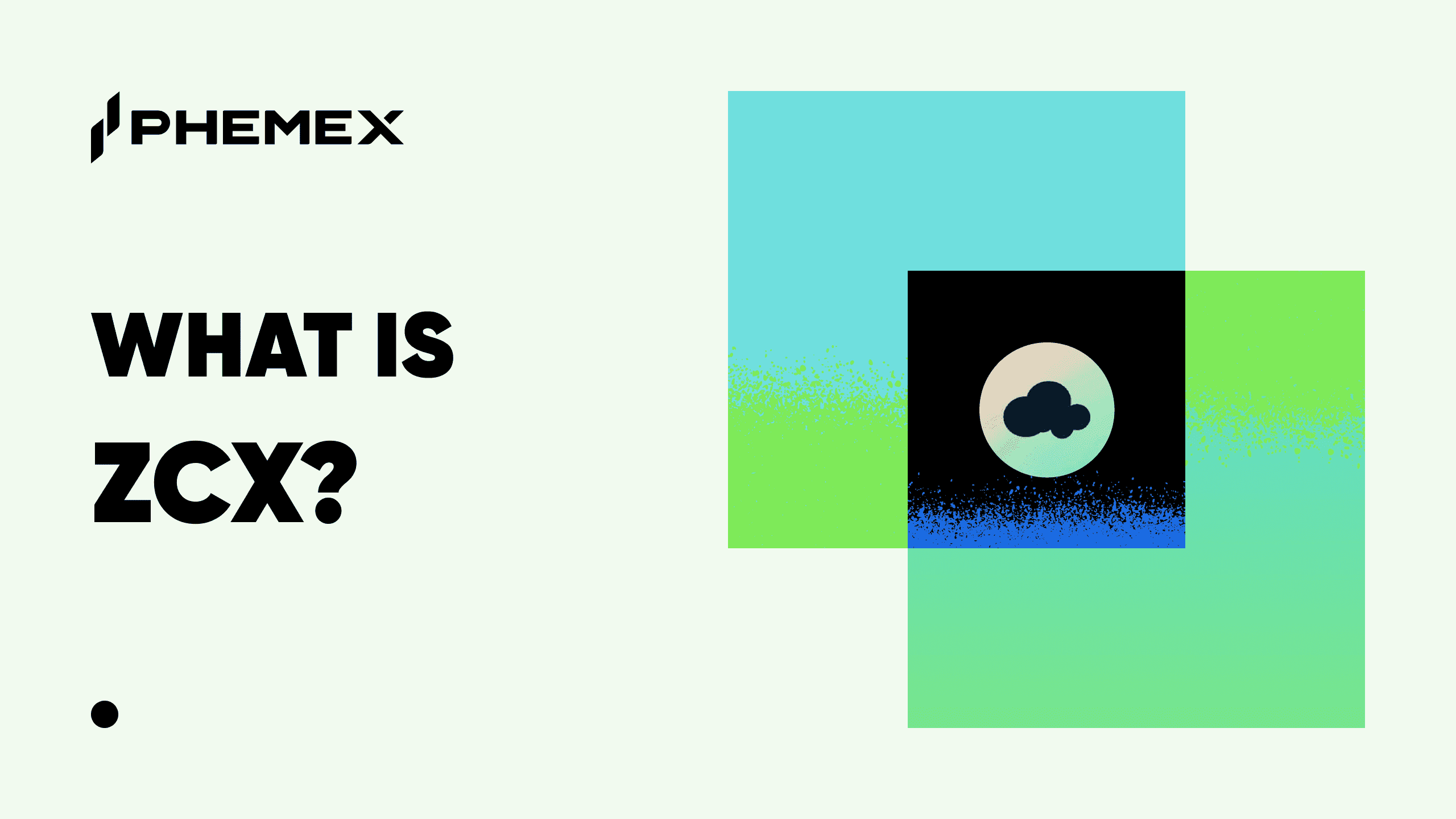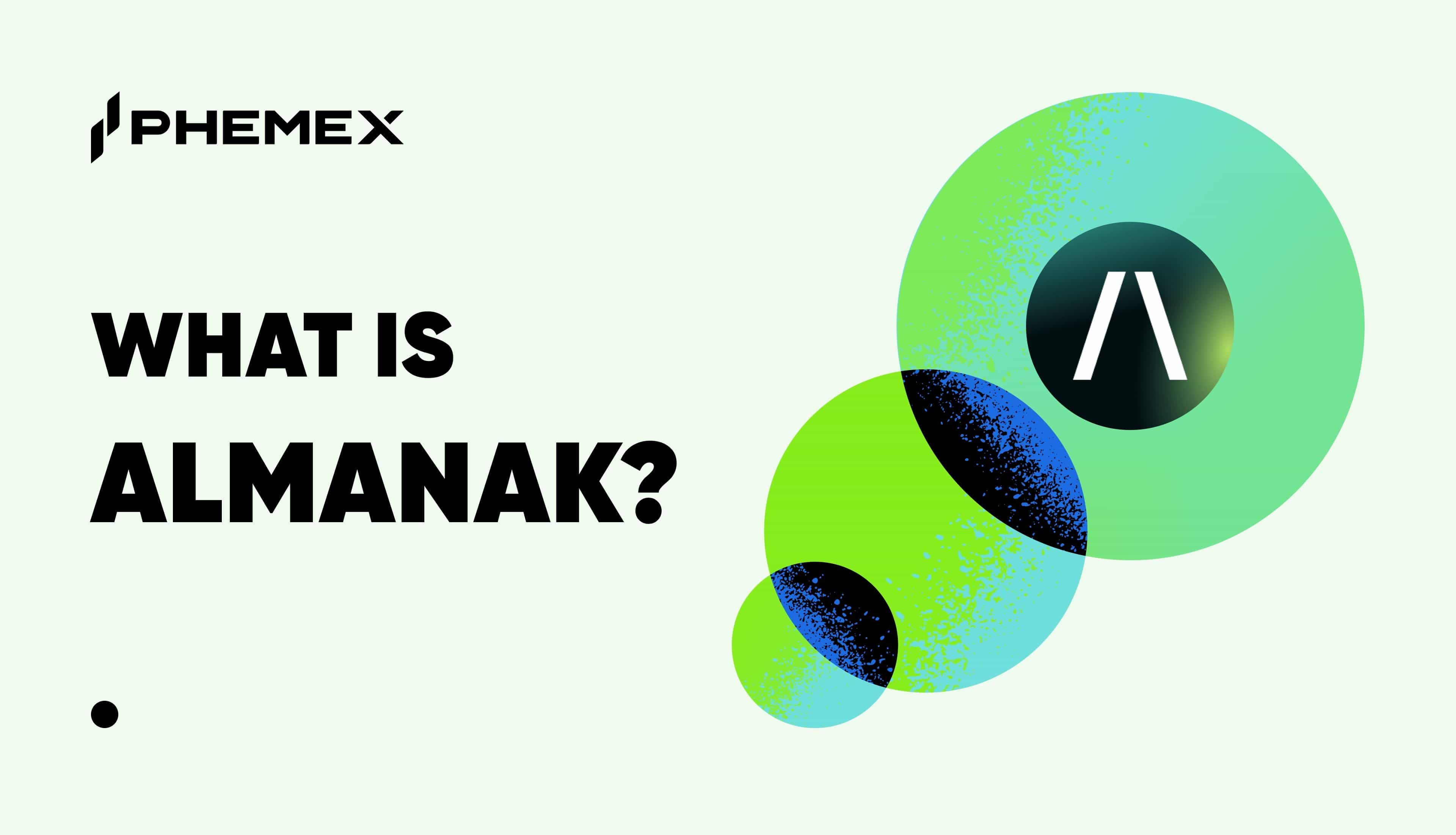What Is DeFi 2.0?
DeFi 2.0 stands as the progressive wave in the Bitcoin and blockchain industry, building on initial DeFi (Decentralized Finance) innovations to reshape the financial landscape, particularly focusing on liquidity provision and incentivization.
DeFi, a cornerstone of blockchain innovation, leverages smart contract-enabled blockchains and secure oracle networks like Chainlink to redefine financial services. DeFi applications decentralize traditional finance, introducing new economic mechanisms.
Characterized by permissionless composability and an open-source ethos, DeFi protocols are in constant evolution, enhancing and refining established financial models. Recently, the DeFi ecosystem has witnessed rapid growth, propelled by liquidity-centric projects, marking the advent of DeFi 2.0.
DeFi 2.0, a term gaining traction in the blockchain community, expands upon earlier DeFi developments such as yield farming and lending. Its primary aim is addressing the liquidity challenges faced by many on-chain protocols with native tokens.
DeFi has emerged as a transformative force in blockchain-based finance, decentralizing traditional financial services and unveiling new economic constructs, driven by smart contract-capable blockchains and networks like Chainlink.
The DeFi sector is evolving at an unprecedented rate. The recent surge in liquidity-focused projects has sparked a new era of innovation, popularly termed DeFi 2.0. But what exactly is DeFi 2.0?
DeFi 2.0, a novel concept in the blockchain sphere, refers to DeFi protocols developed atop previous milestones like yield farming and lending. A key focus of DeFi 2.0 is resolving the liquidity constraints encountered by several on-chain platforms with native tokens.
Before delving into the unique contributions and financial paradigms of DeFi 2.0, it's essential to understand the foundational breakthroughs that paved the way for this new phase in DeFi, and how it aims to tackle the liquidity challenges inherent in many DeFi projects.
Foundational Progress in DeFi
The DeFi sector, a cornerstone of the blockchain and Bitcoin industry, owes its robust foundation to early innovators like Uniswap, Bancor, Aave, Compound, and MakerDAO. These trailblazers introduced essential and versatile 'money LEGOs' to the DeFi ecosystem, establishing a strong base for the flourishing DeFi economy.
Pioneers in decentralized finance, Uniswap and Bancor emerged as the first decentralized automated market makers (AMMs), revolutionizing token swapping by enabling users to trade without relinquishing custody. Aave and Compound broke new ground in decentralized lending and borrowing, offering users on-chain yields and permissionless access to working capital. MakerDAO introduced a decentralized stablecoin to the ecosystem, providing a much-needed shield against the inherent volatility of cryptocurrencies like Bitcoin.
These protocols granted users access to reliable exchanges, effortless lending and borrowing services, and stable currencies—key financial elements typically found in traditional markets. Yet, the infrastructure supporting these DeFi services differs vastly from centralized systems, with a focus on transparency and user autonomy. The diverse technological foundations behind each of these decentralized offerings have become the bedrock of ongoing DeFi innovations.
Cascading DeFi Innovations: AMMs and LP Tokens
A prime example of unique blockchain-driven DeFi innovation is Liquidity Provider (LP) tokens in Automated Market Maker (AMM) protocols for Decentralized Exchanges (DEXs). While DEXs offer an alternative to centralized exchanges, the leading DEXs utilize a Constant Product Automated Market Maker (CPAMM) model.
In AMM-based decentralized liquidity pools, individual liquidity providers typically contribute equal amounts of two cryptocurrencies, facilitating token exchanges within the pool. In return, they receive LP tokens, symbolizing both their stake in the liquidity pool and the fees garnered from swap facilitation.
LP tokens have sparked a wave of innovation in DeFi, rapidly adopted by other protocols in various ways. For instance, lending platforms like Aave and Compound expanded on the concept by issuing receipt tokens (aTokens and cTokens) representing underlying deposits.
The permissionless nature of AMMs and LP tokens has also empowered DeFi startups by bypassing the centralized exchange listing process for new tokens. With adequate liquidity, newly launched tokens can be immediately traded on a DEX. However, insufficient liquidity poses a significant challenge, limiting token exchange functionality on DEXs and often resulting in high swap costs due to slippage. This issue underscores one of DeFi's most pressing challenges: the liquidity problem.
In summary, early DeFi pioneers like Uniswap, Aave, Bancor, MakerDAO, and Compound have laid a solid groundwork for the expanding DeFi economy, introducing vital and adaptable components to the ecosystem. These innovations not only provide users with access to key financial services but also distinguish themselves through their decentralized, transparent, and user-controlled infrastructure, setting the stage for the continual evolution of the DeFi sector in the Bitcoin and cryptocurrency markets.
Limitations of DeFi 1.0
DeFi 2.0 aims to enhance the existing DeFi model, addressing its limitations while capitalizing on its strengths to offer users innovative financial solutions. Let's explore the key challenges of DeFi 1.0 and how DeFi 2.0 seeks to overcome them.
User Experience Challenges in DeFi 1.0:
The complexity of user experience (UX) and user interface (UI) in DeFi platforms poses a significant barrier, making it challenging for newcomers to navigate decentralized products. This complexity limits DeFi's user base predominantly to experienced crypto enthusiasts. DeFi 2.0's success in mainstreaming crypto will be pivotal in the next surge of DeFi adoption, bridging the gap for wider digital inclusion.
Scalability and Cost Issues:
High transaction fees and slow processing times are persistent issues in DeFi 1.0, mainly due to most DeFi solutions being built on the Ethereum blockchain. The network's heavy user traffic leads to delays and soaring transaction costs, rendering DeFi impractical for users with smaller investments.
Shifting User Interest and Yield Fluctuations:
The DeFi sector often sees shifting user focus, as people in crypto typically have short attention spans and are always on the lookout for more lucrative financial opportunities. This has led to reduced appeal in yields, especially from DeFi's leading projects, creating a cycle of farming and dumping. Such practices result in inefficient asset utilization and cash flow challenges.
Liquidity and Incentivization Limitations:
All cryptocurrencies require sufficient liquidity to trade on decentralized exchanges (DEXs) and Automated Market Makers (AMMs) without impacting the token price significantly. While incentive programs offer some relief, they are temporary solutions that present greater risks for smaller investors.
The Role of Oracles in DeFi:
Oracles play a crucial role in DeFi, but some projects underestimate their importance. This oversight has led to attacks and significant losses for certain protocols. Integrating with reliable oracles is essential for securing DeFi platforms.
In summary, DeFi 2.0 is set to revolutionize the DeFi landscape by improving user accessibility, enhancing scalability, stabilizing yields, addressing liquidity challenges, and prioritizing secure oracle integration. These advancements are key to driving DeFi towards broader adoption and sustainable growth within the cryptocurrency and Bitcoin markets.
The goal of DeFi 2.0
DeFi 2.0 is poised to transform the Bitcoin and cryptocurrency landscape with a strategic shift from the user-centric approach of its predecessors to a more business-to-business (B2B) orientation. This new wave of DeFi protocols aims to fortify the industry's long-term sustainability, leveraging the foundational user base and essential DeFi primitives established by the first generation of DeFi products.
The main challenges currently hindering the sustainability of the DeFi sector include its dependency on third-party liquidity providers and token incentives, coupled with its minimal correlation to traditional finance and the global economy. DeFi 2.0's mission is to tackle these critical issues, setting the stage for a more robust and enduring DeFi ecosystem.
Key players in the DeFi 2.0 movement are innovating solutions for sustainable liquidity. A standout example is OlympusDAO, which seeks to establish a decentralized reserve currency. OlympusDAO's launch of Olympus Pro further exemplifies DeFi 2.0's B2B focus. This platform enables other DeFi protocols to utilize the bonding mechanism to acquire and maintain their liquidity, showcasing a strategic, collaborative approach within the DeFi community.
In essence, DeFi 2.0 represents a strategic evolution in the DeFi space, aiming to address pivotal challenges and enhance the overall sustainability of the industry. This shift marks a significant milestone in the progression of decentralized finance, aligning it closer with traditional business models while maintaining its innovative edge in the Bitcoin and cryptocurrency markets.
Optimizing Liquidity in DeFi with Yield Farming
In the DeFi (Decentralized Finance) space, particularly in the Bitcoin and cryptocurrency markets, solving the liquidity challenge is crucial. Yield farming has emerged as a key strategy to attract users and capital, enhancing liquidity in the DeFi ecosystem. Here's how it works:
Addressing the Liquidity Challenge: Initially, AMM (Automated Market Maker) protocols relied on third-party liquidity providers. Anyone with enough funds could supply liquidity for token pairs, but there was limited motivation for users to take on the risk of impermanent loss for minimal swap fee revenues.
Yield Farming Solution: Yield farming, or liquidity mining, gained momentum during the "DeFi Summer" of 2020. It offers a compelling financial reason for liquidity providers. By staking LP (Liquidity Provider) tokens, they earn returns in the project's native token, thus providing deeper liquidity and earning more from AMM swaps.
Impact of Yield Farming: This approach has allowed new DeFi protocols to bootstrap significant liquidity, reducing slippage for users and facilitating smoother token exchanges. Consequently, DeFi protocols have multiplied, showcasing the effectiveness of yield farming in lowering entry barriers for both users and project creators.
Sustainability and Risks: While yield farming is effective for initial funding, it's not a complete solution to the liquidity problem and carries long-term risks. DeFi projects must balance yield farming strategies carefully to avoid negative impacts on token supply and the project's longevity.
In summary, yield farming has been instrumental in addressing liquidity issues in the early DeFi economy, attracting users and capital. DeFi teams, leveraging tokens for incentivization and ecosystem integration, have turned to yield farming to ensure robust liquidity for trading on AMM protocols. Yield farming has become a necessary and healthy practice for most DeFi projects, but it requires careful long-term planning to maintain sustainable growth in the dynamic DeFi and cryptocurrency market.
Read More
- What Is DeFi: How To Be Your Own Bank With $100
- https://phemex.com/academy/defi
- Analysis- Unlocking synergy: Can TradFi converge with DeFi?
- What is Yield Farming & How does it Work?
- What Are Decentralized Applications (dapps)?
- Resurgence of DeFi: LINK, AAVE, and New Developments like HYPE
- DeFi vs. CeFi: Understand The Differences
- What Does the DeFi Hype Mean for ETH?








